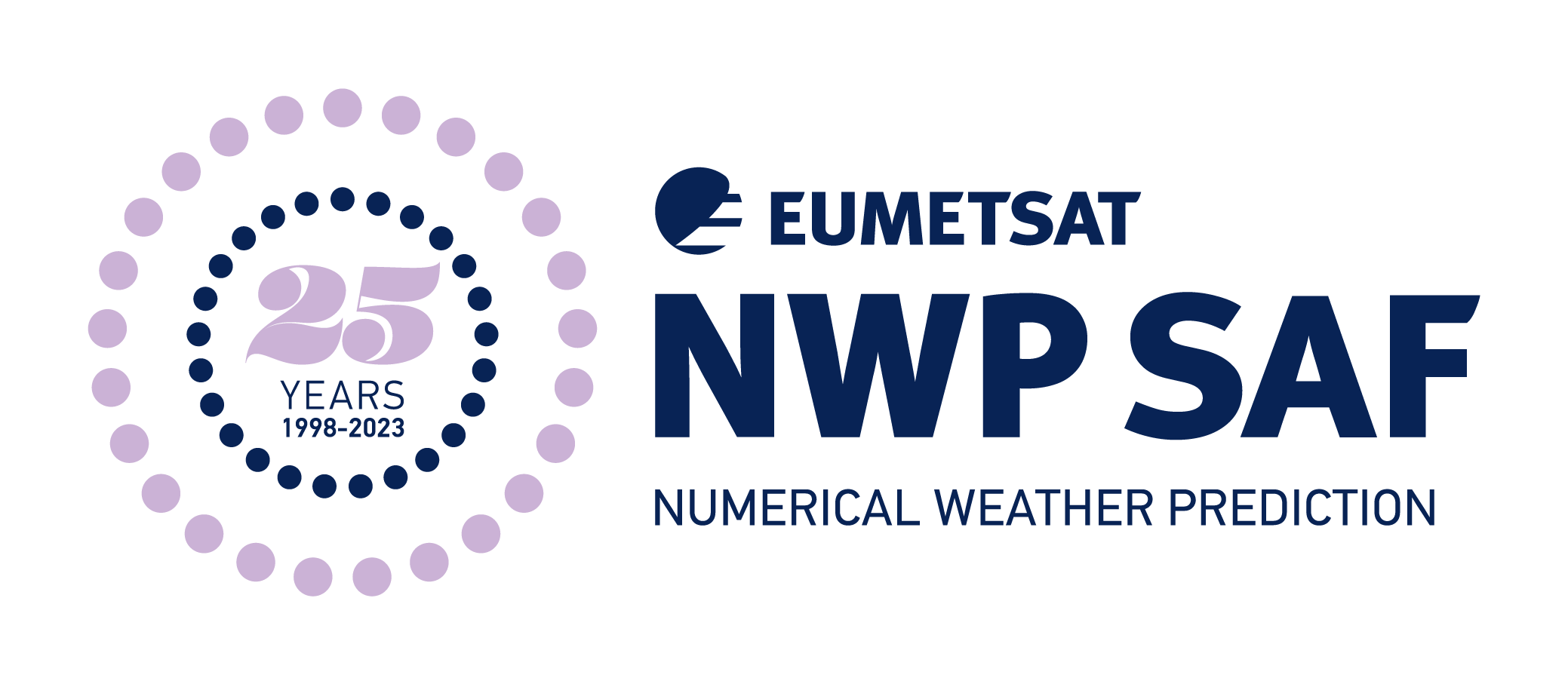Satellite Application Facility for Numerical Weather Prediction › Forums › RTTOV › Older Versions › RTTOV v12 › RTTOV v12 General Discussion › Question about the input profile variables
Tagged: input profiles
- This topic has 4 replies, 2 voices, and was last updated 4 years, 9 months ago by
 Amirhossein Nikfal.
Amirhossein Nikfal.
-
AuthorPosts
-
September 8, 2020 at 1:50 pm #13389
 Amirhossein NikfalParticipant
Amirhossein NikfalParticipantAs far as I know, profiles of atmospheric variables are provided perpendicular to the ground point. How are these profiles used in the RT simulations, while the input light beam from surface/levels to the satellite has an angle with the perpendicular line?
I mean the profile data, which are provided in atmospheric levels and perpendicular to the earth surface, are not necessarily across the path of light beam between the satellite and the ground point.It seems that a zenith angle can only help if all the sky has the same atmospheric profile variables.
September 8, 2020 at 2:28 pm #13390 James HockingKeymaster
James HockingKeymasterHi,
RTTOV is a 1-dimensional radiative transfer model. This means that the atmopshere is assumed to be composed of homogenous layers which are effectively of infinite horizontal extent (at least, they fill the satellite field of view).
The zenith angle is important because as the angle increases, the radiation path through each layer increases. In a strictly plane-parallel atmosphere (i.e. the layers are really horizontal instead of curved like the Earth’s atmosphere), the path length through each layer is proportional to the secant of the zenith angle. This means you get a lot more absorption at high angles than at nadir, for example, which has a large impact on top of atmosphere radiances. RTTOV can optionally account for the curvature of the Earth and atmospheric refraction which both affect the path length too.
From an NWP model perspective, it can be true that at higher zenith angles the satellite line of sight will pass through multiple adjacent grid columns of the model. This is especially true for high resolution (e.g. convection-resolving) NWP models. In this case, instead of simply taking the vertical profile from the model grid column above the location on the surface where the satellite line of sight meets the surface, you may wish to take grid cell values from different model grid columns at different levels in the atmosphere. There is increasing interest in such “slant path” calculations in the NWP community. These calculations are something you would have to do yourself: it’s not within the remit of a model like RTTOV to do them.
Best wishes,
James—
James Hocking
RTTOV/RadSim developerSeptember 9, 2020 at 8:17 pm #13391 Amirhossein NikfalParticipant
Amirhossein NikfalParticipantThanks for the clarification.
Regarding the regional NWP modeling, is it necessary to calculate the highest spatial resolution, in which the effects of the “slant paths” are not meaningful? For example, supposing the maximum viewing angle in midlatitudes for a geostationary satellite is 45 degrees. As a simple estimate, the highest spatial resolution might be: <the height of the tropopause> times tan(45), equal to 10 km.Best wishes,
AmirSeptember 11, 2020 at 7:53 pm #13396 James HockingKeymaster
James HockingKeymasterHi Amir,
Yes, that’s basically correct. It’s worth bearing in mind the weighting functions of the channels you are interested in: although perhaps primarily sensitive to the troposphere, there may be some sensitivity to the stratospheric levels too. But your calculation gives a rough estimate of the resolution beyond which slant path calculations may become relevant.
Best wishes,
JamesSeptember 13, 2020 at 6:52 am #13397 Amirhossein NikfalParticipant
Amirhossein NikfalParticipantHi James,
Thanks for your explanation. RT models have many interesting challenges.
Best wishes,
Amir -
AuthorPosts
- You must be logged in to reply to this topic.
